
I saw North Korea today! There is a group called Adventure Korea that organizes many trips around South Korea to the most popular tourist attractions. Today, I took my first trip with the group, visiting the Demilitarized Zone (DMZ) between North and South Korea. We stopped at several different DMZ locations and had a few siting areas. Since it would be hard to summarize in my own words the significance of all the places we stopped, I am going to simply provide you with the information in the tour pamphlet. That way you'll get an idea of the places we saw today.
First stop: Imjingak
Imjingak is as far as civilians can go to the North by themselves without permission. Imjingak was built to console those who had to leave their homes in the North.

It has Manngbaedan, an altar where those who cannot go back to their homes get together and pray for their ancestors on the New Years day or Chusok, Korean Thanksgiving day.
The Peace Bell was placed in the New Millenium 2000 for wishing peace and unification between the two Koreas. In addition, you can walk on the Freedom Bridge, the discontinued Kyongui Line, where the sign says, “The train wants to run". The Freedom Bridge was a
 lso used to exchange the prisoners after the Korean War, so its been called "Freedom Bridge." The suspended Kyongui Line will be reconnected within 2001.
lso used to exchange the prisoners after the Korean War, so its been called "Freedom Bridge." The suspended Kyongui Line will be reconnected within 2001.*This was a beautiful place- see my pictures on the side. This is where we got permission to enter the DMZ with our passports. Also fun, we saw marathon runners finishing right near the site as we left!
*We entered the DMZ escorted by South Korean military men who rode on our buses with their LARGE guns strapped across their back...a bit intense, but VERY COOL! They dropped us off at a location where we ate a traditional Korean lunch (not so good) before heading to The 3rd Tunnel.
Second Stop: The 3rd Tunnel (out of four currently found)
The 3rd tunnel was first discovered in 1978 and was dug by North Korea to infiltrate into the south. It is 2m in width, 2m in height, 1,635m in length, and 435m from MDL. Visitors descend about 300 meters at a 14∼15 degree angle before reaching the North Korean infiltra
 tion tunnel, which is 73 meters below the surface. Its almost like 25∼30 stories building. The floor of the tunnel (interception & infiltration tunnel) is covered with rubber mats and the wall with charcoal which was applied to give some possibility to the North Korean claim that the tunnel was part of an abandoned mine. This tunnel would allow about 10,000 armed or 30,000 unarmed soldiers to invade Seoul within one hour.
tion tunnel, which is 73 meters below the surface. Its almost like 25∼30 stories building. The floor of the tunnel (interception & infiltration tunnel) is covered with rubber mats and the wall with charcoal which was applied to give some possibility to the North Korean claim that the tunnel was part of an abandoned mine. This tunnel would allow about 10,000 armed or 30,000 unarmed soldiers to invade Seoul within one hour.*My favorite stop next to actually seeing North Korea. We watched a short documentary, visited a museum, and then venture DEEP into the 3rd tunnel (many more are said to be undiscovered). The walk down into the tunnel was so STEEP you had to brace yourself from running down, which you can also imagine was also quite the hike back up, but so worth it!
Third Stop: Dora Observatory
This allows visitors to get a view both of the DMZ (Demilitarized Zone)and of the Kesung city, the second largest city of North Korea. You can also see a "Propaganda village" Kijongdong designed to give visitors the impression the North Korea is a prosperous nation. Visitors can see the Daesungdong, freedom village of South Korea. The village has got some benefit from the government such as free of tax, exemption of Military service.
 Also visible from the observatory is a head of train, which used to run between the North and South Korea. The National Ministry of Defense built it in 1986.
Also visible from the observatory is a head of train, which used to run between the North and South Korea. The National Ministry of Defense built it in 1986.*Obviously this was the most exciting part of the trip! We couldn't take pictures past a photo line to protect any military strategies of South Korea. The telescopes gave an incredibly close view of the North Korean cities. It was unreal to be that physically close to a place so opposite from the world we live in.
Last Stop: Dorasan Station
Dorasan Station is the northernmost station of the South Korea which is 700m distant from the southern boundary line of DMZ, the civil control zone. Since US president Bush visited Dorasan Station on February 20, 2002, it has come into spotlight internationally. Doras
 an Station, the unfinished station of the north-south Korean reconciliation was opened on February 12, 2002. The milestones of Dorasan Station (205km to Pyeongyang, 56km to Seoul) imply the reality of the division between two Koreans and a future of hope and expectation. Because Dorasan Station is the northernmost station of the South Korea in the southern boundary line, Dorasan Station will play the role of customs and entry for Chinese and Russian people and goods as well as the North Koreans, if the Gyeongui Line Railroad connection is completed and the traffic is possible between the two Koreans. Also, Dorasan Station contains the historical meaning as a symbolic place of the division between two Koreans and a gateway of the south-north exchange.
an Station, the unfinished station of the north-south Korean reconciliation was opened on February 12, 2002. The milestones of Dorasan Station (205km to Pyeongyang, 56km to Seoul) imply the reality of the division between two Koreans and a future of hope and expectation. Because Dorasan Station is the northernmost station of the South Korea in the southern boundary line, Dorasan Station will play the role of customs and entry for Chinese and Russian people and goods as well as the North Koreans, if the Gyeongui Line Railroad connection is completed and the traffic is possible between the two Koreans. Also, Dorasan Station contains the historical meaning as a symbolic place of the division between two Koreans and a gateway of the south-north exchange.*This was an eerie place to end as you walk into a train/bus station expecting there to be people everywhere. The only people here are tourists.
Overall, a great Korean Adventure!










































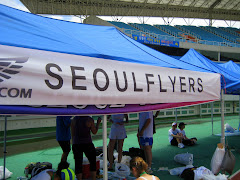



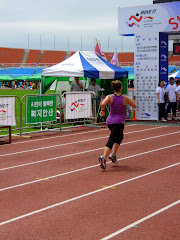
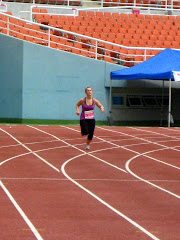
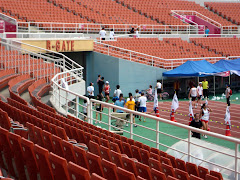
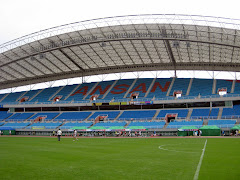
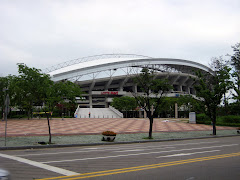


















































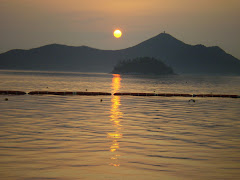





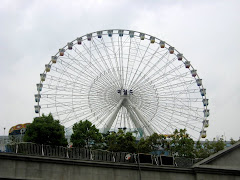










































































































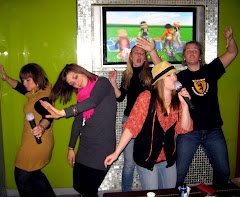
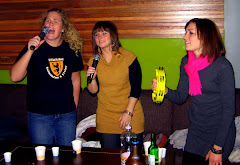
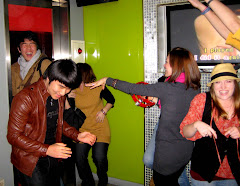
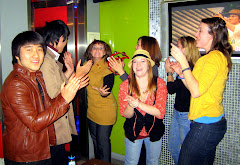





















































































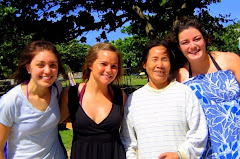










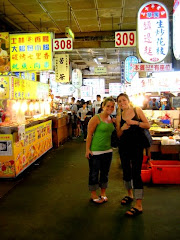



































































No comments:
Post a Comment